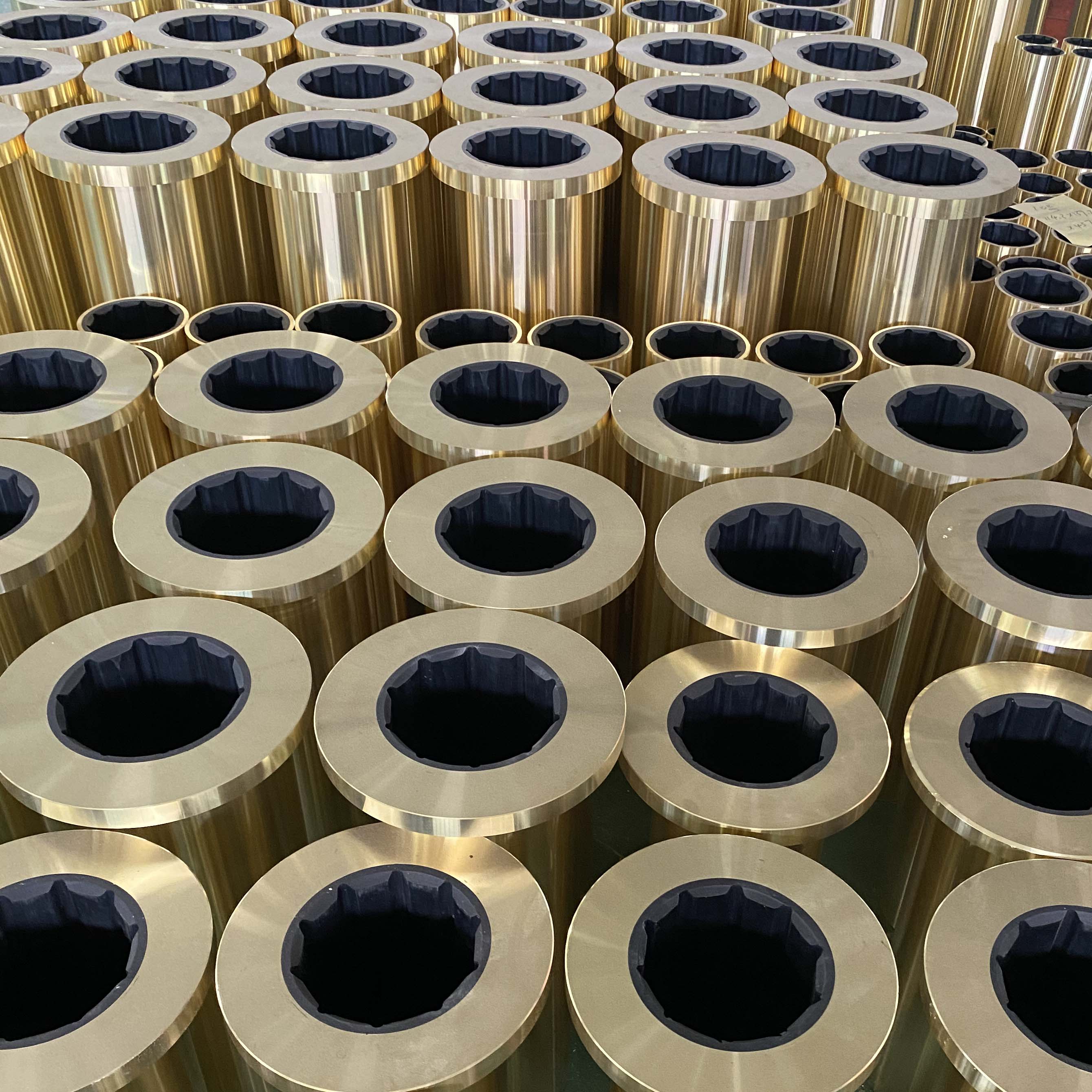diff axle seal
Understanding Differential Axle Seals Importance, Function, and Maintenance
Differential axle seals play a crucial role in the performance and safety of automotive vehicles, particularly those equipped with rear or all-wheel drive systems. These seals are designed to retain lubricants, prevent contaminants from entering the differential assembly, and ensure smooth operation of the drive axle. Given their significance, understanding the mechanics, function, and maintenance of differential axle seals can help vehicle owners prolong the life of their vehicles and avoid costly repairs.
The Function of Differential Axle Seals
At the heart of any vehicle's drivetrain is the differential, which is a set of gears allowing for the difference in wheel speeds needed during turns. As the axle rotates, it relies upon lubricants to prevent excessive wear and overheating. This is where differential axle seals come into play. The primary function of the seals is to keep the lubricant contained within the differential housing while barring external contaminants like dirt and moisture from entering.
Differential axle seals are typically made of rubber or other durable materials that can withstand high temperatures and pressures. They are situated at the ends of the axles, where the axle shafts meet the differential housing. Properly functioning seals ensure the longevity of the gear oil inside the differential, which is essential for smooth gear operation and protecting against wear.
Signs of Worn or Damaged Seals
As with any vehicle component, differential axle seals can wear out over time. Drivers should be vigilant about common signs of failing seals, which can include
- Fluid Leaks One of the most apparent signs of a failing axle seal is the presence of differential fluid pooling on the ground beneath the vehicle. This can occur due to a crack or breakdown in the seal. - Whining or Grinding Noises If you notice unusual noises when driving, especially during turns, it may indicate that the differential is not receiving adequate lubrication due to a leak.
- Unusual Vibration A loss of lubrication can lead to increased friction and wear, which may result in vibrations felt in the vehicle while driving.
- Increased Operating Temperature If the differential runs hotter than normal, this could signal a lubricant deficiency caused by a compromised seal.
If any of these symptoms occur, it's crucial to have the vehicle inspected by a qualified mechanic as soon as possible to prevent further damage to the differential or axle components.
Maintenance and Replacement
diff axle seal

Routine maintenance is fundamental to prolonging the life of differential axle seals. Regular inspections can help detect issues before they escalate, and professional mechanics can assess the condition of the seals during routine oil changes or vehicle servicing. It is advisable to check the differential fluid level and condition regularly since low or contaminated fluid can lead to premature seal failure.
When it comes to replacing differential axle seals, it is essential to use high-quality parts appropriate for the specific make and model of the vehicle. The replacement process typically involves
1. Removing the Wheels The vehicle is lifted, and the wheels are taken off to access the rear or front axles.
2. Draining the Differential Fluid Proper disposal of old fluid is crucial for environmental concerns.
3. Removing the Old Seal A careful extraction of the old axle seal is necessary to avoid damage to the surrounding components.
4. Installing the New Seal The new seal should be installed with proper alignment and pressure to ensure it functions correctly.
5. Refilling the Differential The differential is then refilled with the appropriate lubricant to the recommended level.
6. Reassembling the Vehicle After the installation, the wheels are put back on, and the vehicle is lowered for a final inspection.
Proper installation and prevention measures will help safeguard against future issues.
Conclusion
In summary, differential axle seals are essential components of a vehicle's drivetrain, protecting against leaks and maintaining lubrication for optimal performance. Understanding their function, recognizing signs of wear, and committing to regular maintenance can save vehicle owners time, money, and ensure safer drives. By paying attention to these crucial seals, drivers can enjoy a more reliable and efficient vehicle for years to come.
-
Understanding the Importance of the Crankshaft Oil Seal in Engine Performance
News Jun.16,2025
-
The Unsung Heroes of Engine Protection: Understanding Automotive Shaft Seals and Oil Seals
News Jun.16,2025
-
Keeping the Engine Tight: The Role of Crankshaft Seals and Gaskets in Oil Control
News Jun.16,2025
-
Complete Protection in Harsh Conditions: A Deep Dive into Cassette Seals
News Jun.16,2025
-
Choosing the Right Oil Seal: A Guide to Trusted Brands and Suppliers
News Jun.16,2025
-
Advanced Sealing Technologies: Exploring the Range of Modern Oil Seals
News Jun.16,2025
-
Your Essential Guide to Car Repair Kits: From Rust to Dings
News Jun.13,2025
Products categories















